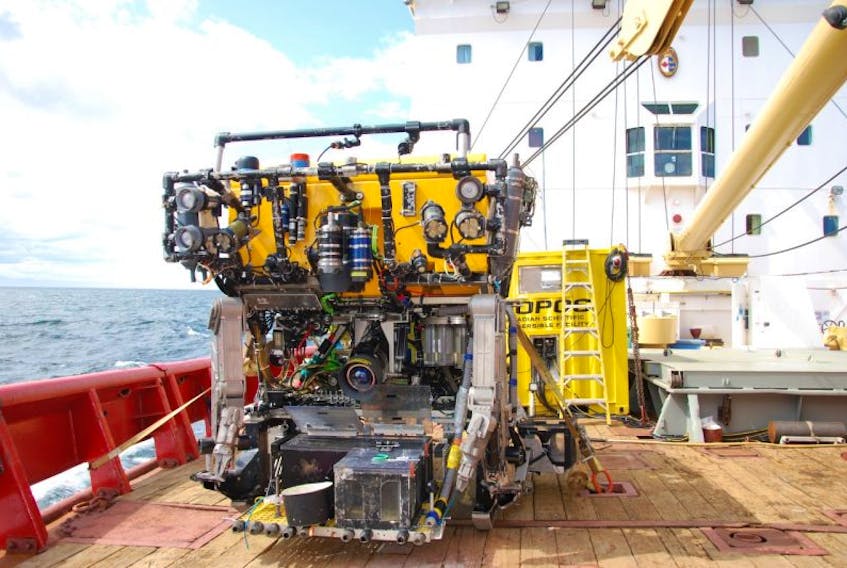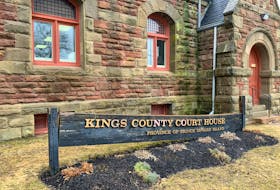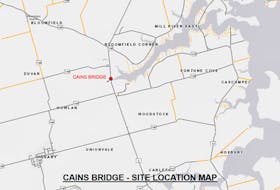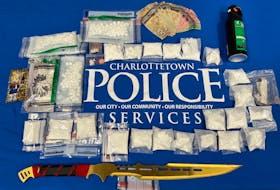Mireille Chiasson, Oceans biologist and manager of the Oceans Division with the Department of Fisheries and Oceans in Moncton was onboard for the August 23 to 30 expedition.
“We did water, sediment sampling and we also collected sponge samples for DNA analysis and also for identification,” Chiasson reported. She suggested there is a possibility some of the sponges they collected might never have been identified previously.
DFO partnered with Oceana Canada to bring a submersible robot, ROPOS (Remotely-operated Platform for Ocean Science), into the Gulf for the first time.
“There are a multitude of tools we can use and add on to satisfy the requirement of the testing we want,” Chiasson described the ROPOS.
Planning for the expedition using the ROPOS, which is normally based in BC, started a year and a half ago.
Sampling and video were taken at various depths, down to 450 meters.
Water samples were collected at the ocean floor, mid-water and at 25 meters down and will be analyzed by a DFO scientist in Moncton who is studying the impact of climate change in the Gulf of St. Lawrence.
“Data on water quality will help us determine, and see a bit further, how the Gulf of St. Lawrence is changing,” she commented.

“There were sights, it looked like, basically, the Caribbean,” Chiasson said of the images the ROPOS captured in the Cape Breton trough. “It was absolutely beautiful. It was full of colours. We were amazed to see that. We never expected to see that.” They also saw codfish feeding on capelin.
In another area they viewed sea pens. Sea pens are colonial marine cnidarians, which she described as soft coral. It’s a type of habitat DFO is trying to protect, she said, adding that the actual footage helped confirm its presence.
There were approximately 50 people onboard for the expedition including six DFO scientists, a camera crew with Oceana advisor Alexandra Cousteau, the ROPOS team and a Coast Guard crew. An Oceans School crew was onboard doing video with a 360-degree camera and the National Film Board had staff present to help build the program for the film school.
The expedition also had a communication outreach perspective as a live video feed of the dives was available online.

Chiasson said the expedition will be the subject of a documentary later this year, and video and samples will subsequently be available for viewing at DFO’s Atlantic Science Enterprise Centre currently being developed in Moncton.









